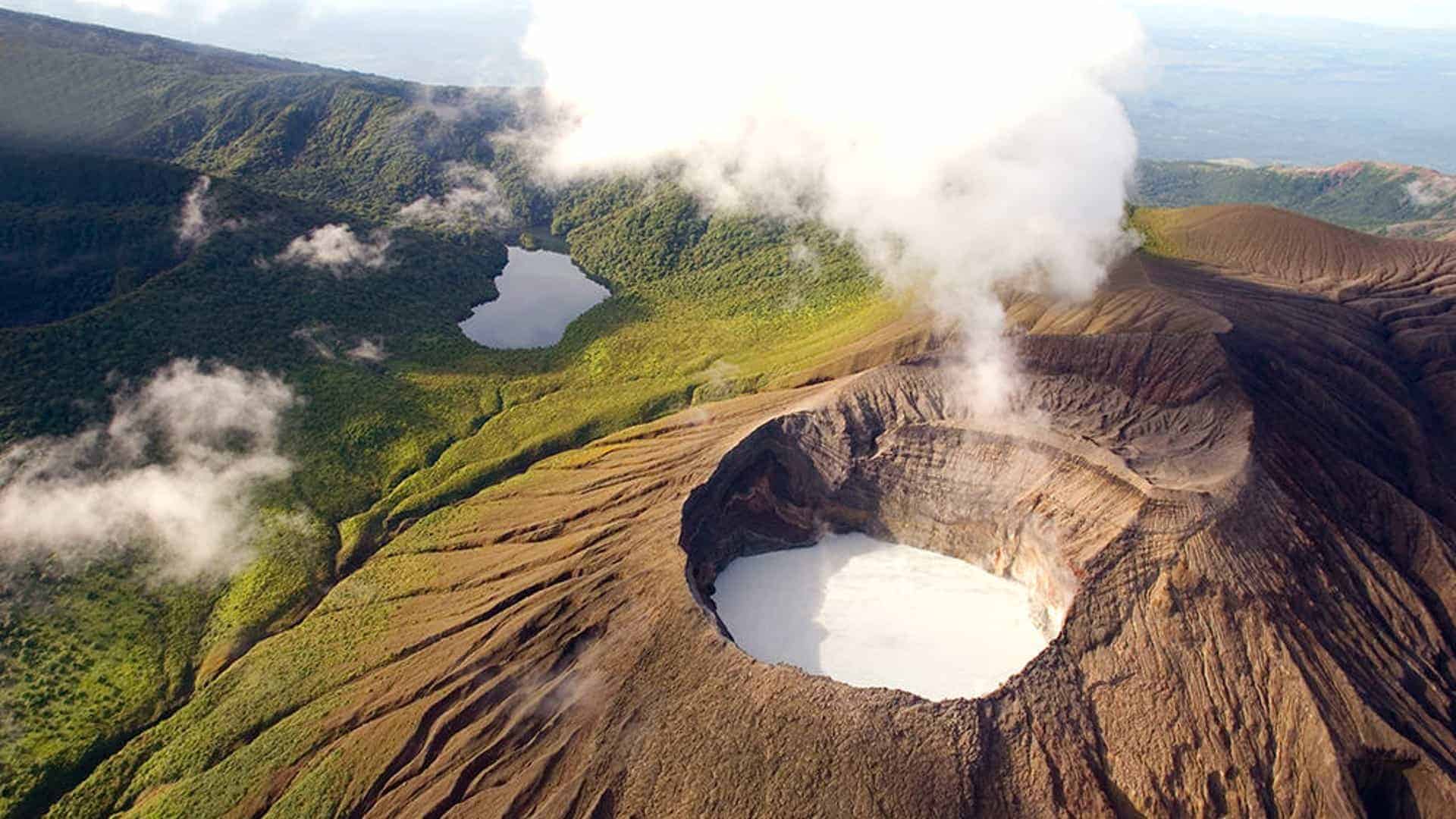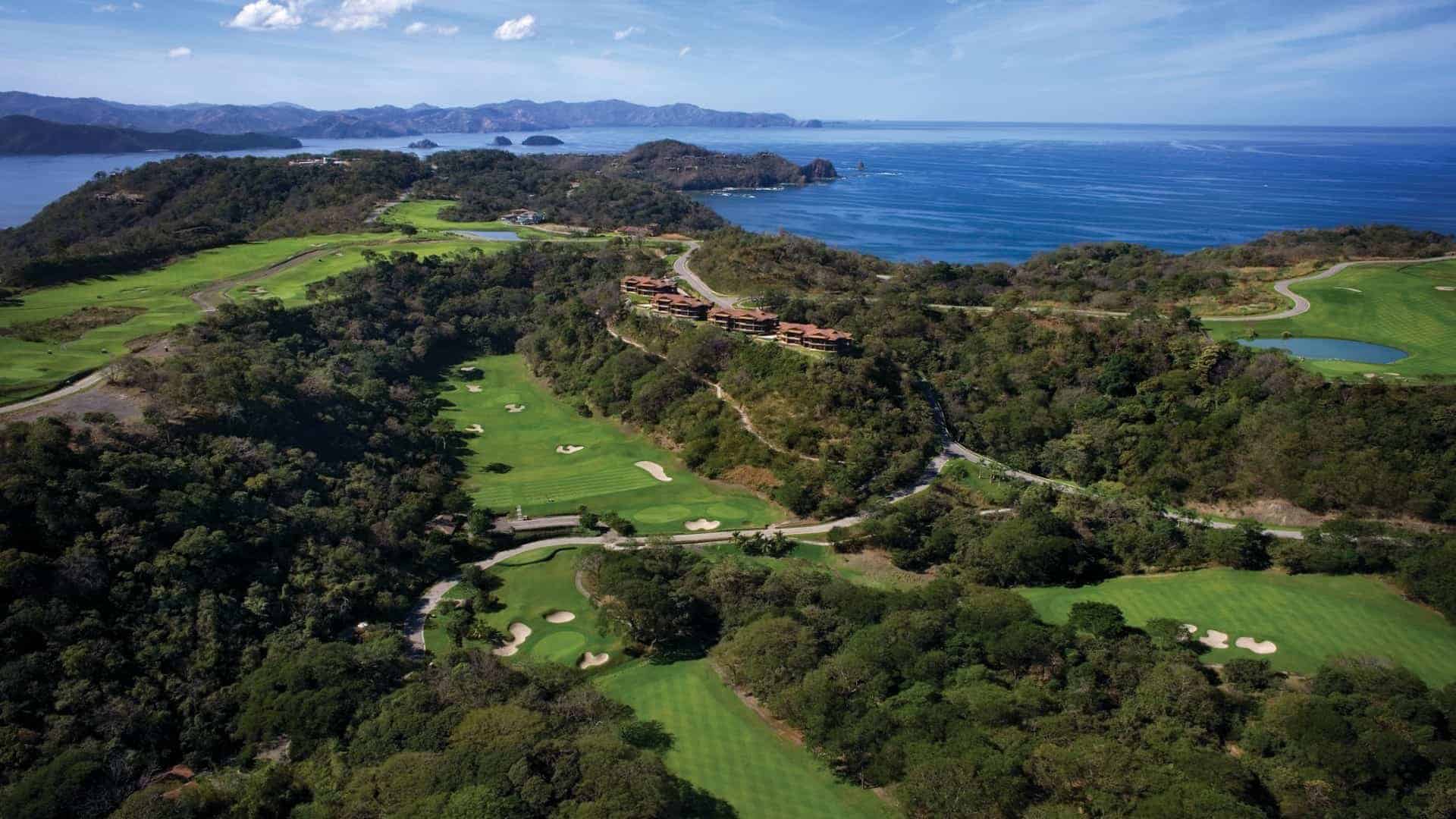Table of contents
- June 23, 2019
- in About Costa Rica, Discover Costa Rica
Costa Rica’s forest land is slowly increasing from 21% of the country’s territory in 1987 to an estimated 75%. That means rainforests and its plantations, as well as wooden pastures cover three-quarters of Costa Rica’s territory. The country lost about two-thirds of its rainforests from 1950-1987. But it managed to bounce back thanks to the efforts to protect forest lands.
It’s refreshing to get some good news regarding nature. Isn’t it? And it’s true, too!
This information relies heavily on the State of the Nation report released in 2017. According to this report, Costa Rican deforestation rates have reversed in spite of the ongoing pressures due to high land usage and other challenges. It seems that the country manages to keep everything under control. As a result, Costa Rica’s rainforest flora and fauna are still preserved.
But how did they manage to recover from a massive forest loss?
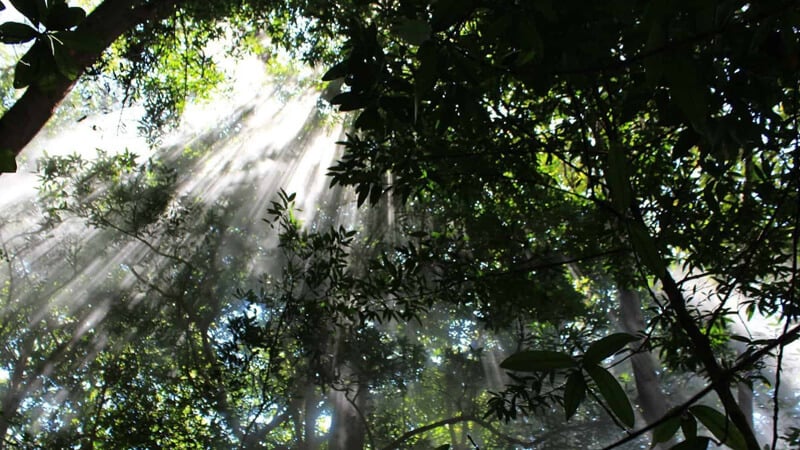
Deforestation of Costa Rica
The loss of forest in Costa Rica, at first, seemed like a tragedy. In 1940, 75% of the country was covered in marvelous woodland consisting of mostly tropical rainforest. However, during decades that followed, this country’s valuable resource was turned into cash profit.
So what happened exactly?
The decline started during and after the 1950s. Between 1950 and 1960 the percentage of forest cover massively decreased by almost 20%. The year 1977 brought another scary assessment – half of the forest land that existed 30 years before was gone. By 1983 only 26% of Costa Rica had forest cover. The deforestation rate had risen once again.
In fact, in 1987, the country was at an all-time low with only 21 percent of remaining forest cover. There were virtually no forests left at all. The northern region of Guanacaste was barren, as well as many other regions.
Subsequently, the authorities decided that it was high time to do something about it. New economic activities and programs started to pop-up.
All these measures resulted in significant improvements. By the 1990s, the annual deforestation rate had significantly dropped. The government set a goal to increase the forest cover to 70 percent by 2021. What might have seemed to be a ridiculous goal then, has been achieved today. In fact, at the time of writing this article, forest land covers 75% of Costa Rica. Which means that over 50% of the forests have been restored despite the high deforestation rates.
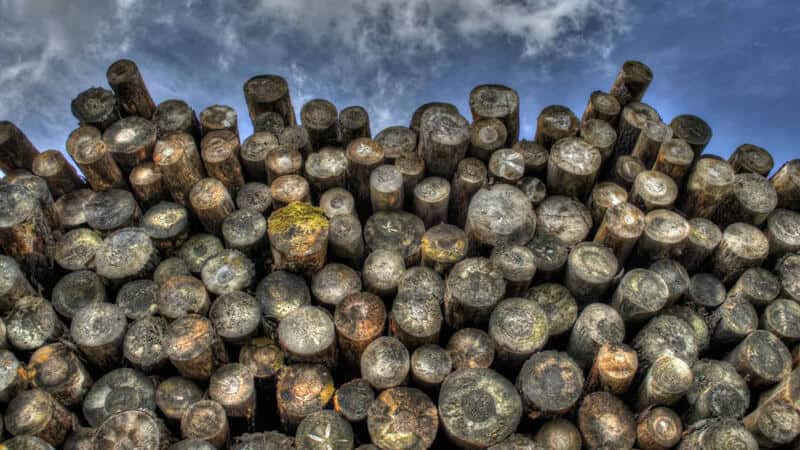
Causes of Deforestation
But… what caused the deforestation of such a beautiful country in the first place?
In other parts of the world, clearing the land for agriculture is the main reason behind a most large-scale forest loss. In Costa Rica, there were a variety of reasons for the rainforest decrease, including agriculture, and the logging industry, as well as population growth.
Let’s take a look at why the logging industry was one of the reasons behind the forest loss in Costa Rica. The logging companies often cut a whole forest, even though they were looking for certain species of trees such as mahogany and cedar. It was faster, and most likely easier. Also, in order to transport the timber, companies built roads, by taking down another forest.
More Trouble
Gets the blood boiling, doesn’t it?
Moreover, many forests were cut down to make room for banana and pineapple plantations. Between 2002 and 2006 Costa Rica produced 13% of the world’s bananas. In order to do that, however, farmers use various chemicals. These chemicals are dangerous for the wildlife population. In addition, these fruit plantations can lead to disruption of the nutrient balance in the soil.
So what did everybody do? Run away? Move to Cuba? Nope… more people kept coming.
In 1955, Costa Rica had a little over a million inhabitants. However, during the next 60 years, the population quadrupled. Almost 5 million people live in Costa Rica now. This substantial increase of the population meant a higher demand for food. Therefore, even more land was cleared for growing crops.
Now you can eat bananas and pineapples only for so long. A vegan lifestyle isn’t for everyone, I guess. So guess what happened next?
Exactly. It was time for pasture clearing. The lush rainforest was almost everywhere, and there weren’t enough pastures for the cattle. The country was trying to increase beef production to raise revenue. The situation got even worse during the 1960s. The United States offered millions of dollars in loans to cattle ranchers in Costa Rica to produce beef.
Effects of Forest Loss
Losing all those beautiful trees and forests had devastating consequences for this stunningly beautiful Costa Rica.
Initially, 6 million square miles of tropical rainforest existed worldwide. However, as a result of deforestation, only 2.4 million square miles remained. The forest loss can lead to climate change, extreme weather conditions, and fires breaking out more frequently.
Forest loss also had a severe impact on the environment in Costa Rica. The loss of over 50% of forest cover was the onset of land erosion. Land erosion contributes to flooding, desertification, and the sediment in rivers.
And now think of those gorgeous exotic birds and sassy monkeys.
One of the alarming consequences of deforestation in Costa Rica was a decrease in wildlife. Some of the reasons were a loss of habitat, and also the apparent loss of timber. There are more than 500,000 species of wildlife in Costa Rica, which is nearly 4% of the total number of species worldwide. The country is among the ones with the highest biodiversity in the world. Hundreds of species exist only in Costa Rica, and nowhere else in the world.
With high rates of deforestation, all that wildlife was in severe danger.
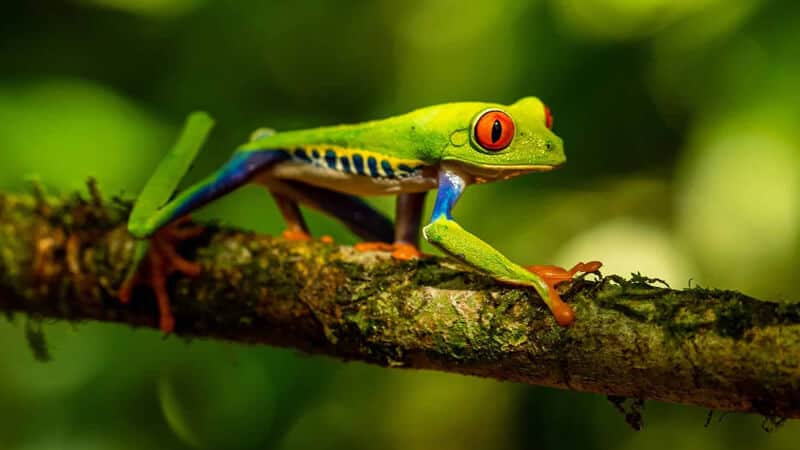
Government Measures For Saving Costa Rica’s Rainforest
Somebody had to stop this. And finally, voices calling for change were heard.
It wasn’t just one decision that caused this reversal of the deforestation trend within such a short time. The answer lied in the right combination of choices.
The first one was made in 1948 when Costa Rica disbanded the country’s army. Many described this decision as both brave and useful since the country channeled additional investments into environmental programs.
In 1969 the country passed its first forestry law and created Costa Rica’s Forestry Department. The law put certain restrictions on logging. However, it took almost a decade for positive results to begin materializing.
It’s always easier to destroy than to rebuild, am I right?
The forests of Costa Rica caught another break in 1984 when the United States Agency for International Development gave Costa Rica a loan. Also, the country’s foreign debt was renegotiated. Because of that, Costa Rica was able to invest more money into environmental conservation.
Policy makers also included the necessary legislation. They made sure that all inhabitants have a right to a healthy environment. Rainforests remove CO2 from the atmosphere and provide water filtration. They also harbor natural resources for pharmaceuticals and natural medicines. The government recognized these benefits and created the National Forest Financing Fund (FONAFIFO) in 1996.
What is FONAFIFO?
The National Forest Financing Funds’ objective was to promote forest preservation and reforestation. It also raised finances to pay environmental programs and other activities. The government banned cutting down mature forests and started offering money to farmers not to cut down their forests.
Basically, owners of forest plantations were handed money and in return, they had to support forest preservation. At first, for every hectare of saved forest rural communities, individuals, and other entities received $120. The National Forest Financing Fund signed more than 16,000 environmental service payment contracts from 1997 – 2016. This way, they covered over 1,1 million hectares of protected forested land in Costa Rica.
Where did FONAFIFO get that money from?
Foreign donations and loans, as well as revenues generated by tax and use of fossil fuels, financed FONAFIFO. However, this wasn’t enough. Because of that, they have developed other mechanisms and agreements with private companies to generate more money.
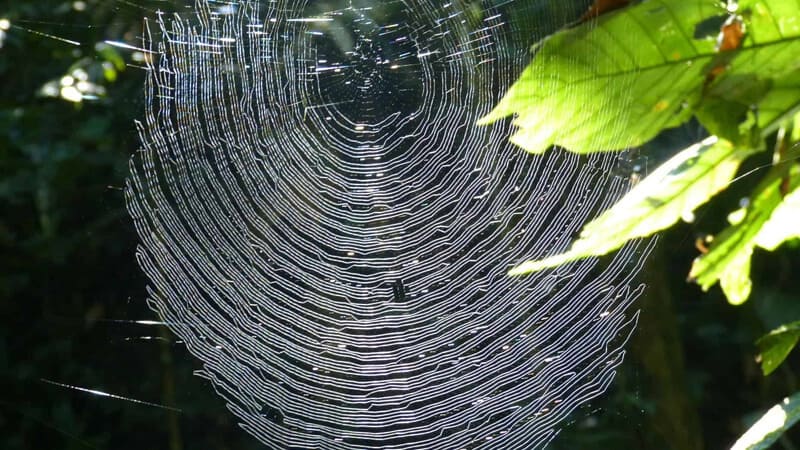
Eco-Tourism and Adventure Tourism
Regenerating rainforests also caused economic growth in Costa Rica. Farmers realized that trees could help them save money. When there are trees near agriculture, there are more birds and fewer pests. That means they had to use less pesticides.
The main goal of the funding of environmental service programs was to preserve the forest. At the same time, another benefit of the program was poverty reduction. The landscape that was once bare or covered with livestock ranches now inspires eco-tourism. Along with the government, many non-government organizations in Costa Rica try to preserve the rainforest. National parks, wildlife refuges and biological reserves protect more than half of Costa Rica’s existing forests today.
The country is also trying to raise revenue through tourism. They are promoting rainforests as tourist attractions that are worth a visit. Eco-tourism and adventure tourism heavily rely on lush rainforests. They provide an excellent opportunity for economic gain.
Regulations put in place by the government resulted in reforestation. However, Costa Rica has additional challenges to overcome and difficult decisions to make. The main threat probably being illegal logging.
Costa Rica’s Rainforest – Exciting As Ever
In Costa Rica’s rainforest, you can now find almost 100 species of trees, and some of the most extravagant flora. Surprisingly dark and cool, rainforests are situated in the foothills and the lowlands on both sides of the mountain ranges. Some of them have trails; others are primary rainforests, the ones that humans haven’t cut.
A trip to the rainforest can be a bit overwhelming. Costa Rica’s rainforests hide an incredible amount of secrets. There are plants growing within plants, butterfly cocoons, colorful bugs, and spider webs with amazing designs. Tall trees block out much of the sunlight, but they are home to many birds and animals. There is heavy, year-round rainfall, and the ground can often be muddy.
However, if you are looking for an adventure, then Costa Rica’s rainforests are the right place for you. And whether you decide to go for a hike, rappel down waterfalls, or go zip-lining, it will undoubtedly be the best adventure of your life.
Subscribe to our newsletter
to stay up to date

Hamoon Zargaran Javaher
More articles From
Book Your
Costa Rica Vacation
RELATED POSTS
- April 16, 2024
- About Costa Rica, Culture
- April 2, 2024
- About Costa Rica, Things To Do

